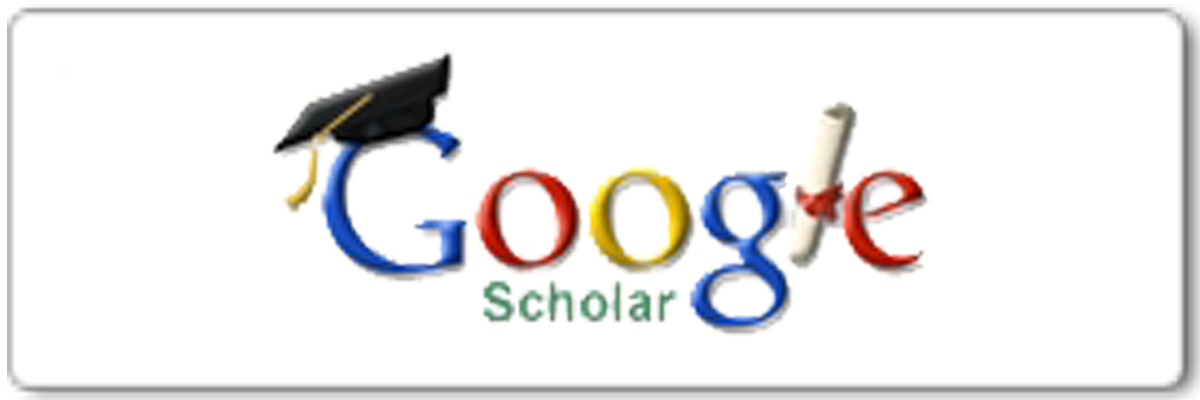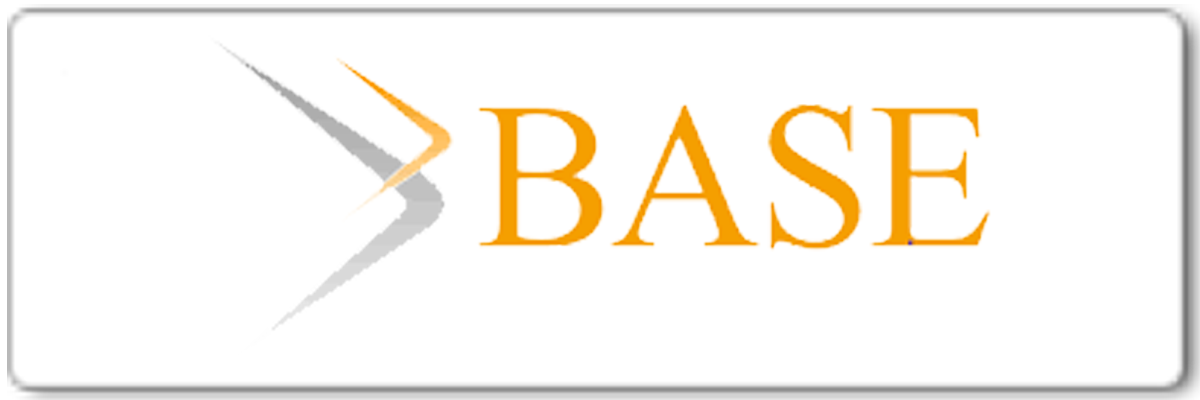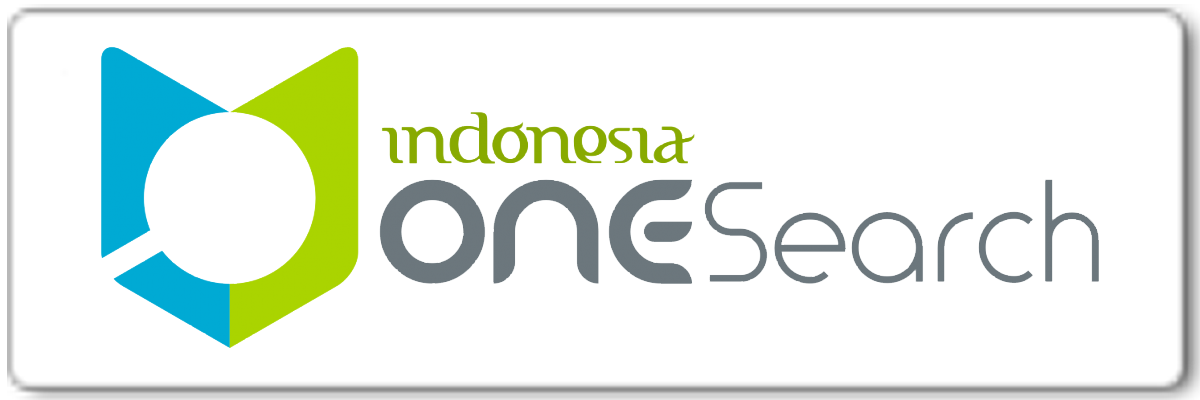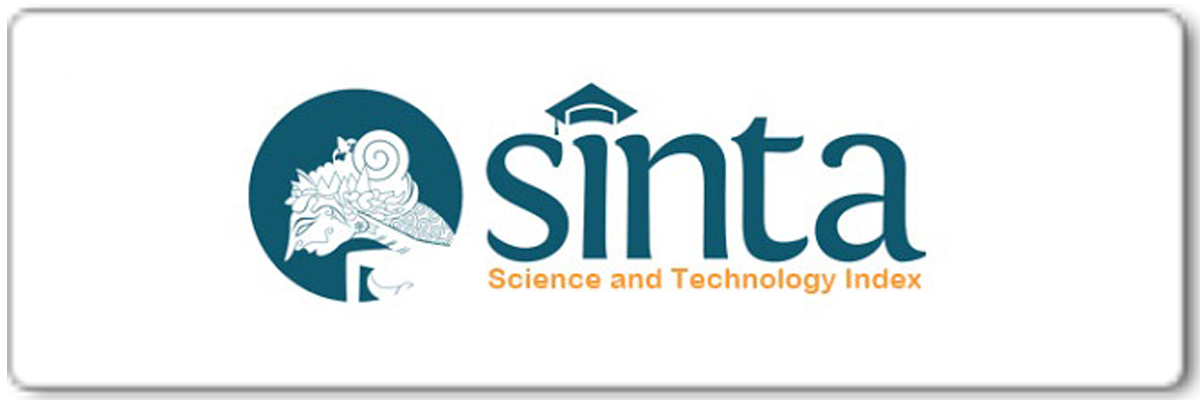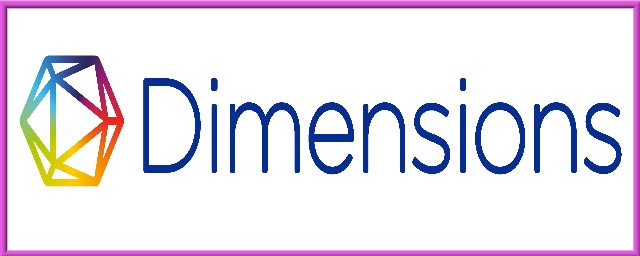SELF REGULATORY-BASED WRITING: AN EFFECTIVE TECHNIQUE TO TEACH ARGUMENTATIVE ESSAY VIEWED FROM STUDENTS’ CREATIVITY
Abstract
Keywords
Full Text:
PDFReferences
Byrne, D. 1984. Teaching Writing Skill. New York: Longman, inc.
Eissa, M. A. 2009. The Effectiveness of a Program Based on Self-Regulated Strategy Development on the Writing Skill of Writing-Disabled Secondary School Students. Electronic Journal of Research in Educational Psychology, 7 (1), 5-24
Elbow, P. 1998. Writing with Power: Technique for Mastering the Writing Process, 2nded. New York: Oxford University Press.
Elola, I., & Ozkos, A. 2010. Collaborative Writing: Fostering Foreign Langu age and Writing Conventions Development. Language Learning & Technology, 14 (3), 30-49.
Fleming, M. 1983. Writing: A Collabora tion. Washington D. C.: Eric Clea ring house.
Gomez, J. G. 2007. What Do We Know About Creativity?. The Journal of Effective Teaching, 7 (1), 31-43
Graham, S. & Harris, K. R. 2003. Students with Learning Disabilities and the Process of Writing: A Meta-Analysis of SRSD Studies. New York: Guilford Press
Graham, S. & Perin, D. 2007. Writing next: Effective Strategies to Impro ve Writing of Adolescents in Middle and High Schools – A Report to Carnegie Corporation of New York. Washington DC: Alliance for
Excellent Education.
Graham, S. & Santangelo, T. 2008. Using Self-Regulated Strategy Development to Support Students having “Trubol Giting Thangs Into Werds”. Remedial and Special Education, 29 (2), 78-89.
Hanson, K. T., & Eller, B. F. 1999. Educational Psychology for Effecti
ve Teaching. Belmont: Wadsworth Publishing Company.
Hernandez, N. 2001. Collaborative Writing in the Classroom: A Method to Produce Quality Work. Technology and Teaching, 4 (2), 30-37.
Hillmann, P. J. 2006. Fostering Creativi ty, Individuation, and the Imagina tive Spirit: Are collaborative thinking and cooperative learning overemphasized in educa tion today? Retrieved on June 11, 2012 from http://www.marquetteuniver sity.edu/articles/Creativity.html
Langan, J. 2005. College Writing Skill with Reading, Sixth Edition. New York: The McGrew-Hill Corpora tion, Inc.
Marsh, G. E. 2002. Instructional Technology. Retrieved on January 18,
from http://iit.ches.ua.edu/ goals/csm562/901/instructionalte chnology.htm
Osborn, A. F. 2000. Applied Imagination, 3rd.ed. New York: Charles Scrib ner's Sons.
Rockler, M. J. 1988. Innovative Teaching Strategies. Arizona: Cowalth Scaris wick Publisher.
Schell, L. A. 2004. Teaching Learning Styles with Technology. Journal of Physical Education, Recreation, and Dance, 75(1), 14-15.
Sefertzi, E. 2000, 6 25. urenio. Retrieved September 3, 2012, from urenio: www.urenio.org
Sternberg, J. R. & Linda, A. O. 1998. Creativity and Intellihgence: Hand book of Creativity. New York: Cam bridge University Press.
Tuckman, B. W. 2001. Educational Psychology: From Theory to Appli cation. New Yotk: Harcourt-Brace Jovanovich College Publishers
Urguhart, V. & McIver, M. 2005. Tea ching Writing in the Content Area. Michigan: ASDC & McRELL Publication.
William, James D. 2003. Preparing to Teach Writing: Research, Theory, and Practice, 3rded. New Jersey: Lawrence Erlbaum Associates, Inc.
Article Metrics
Abstract has been read : 495 timesPDF file viewed/downloaded: 0 times
DOI: http://doi.org/10.25273/etj.v1i2.746
Refbacks
- There are currently no refbacks.
Copyright (c) 2016 English Teaching Journal : A Journal of English Literature, Language and Education
English Teaching Journal: A Journal of English Literature, Language and Education indexed by:
This work is licensed under a Creative Commons Attribution-NonCommercial-ShareAlike 4.0 International License.


